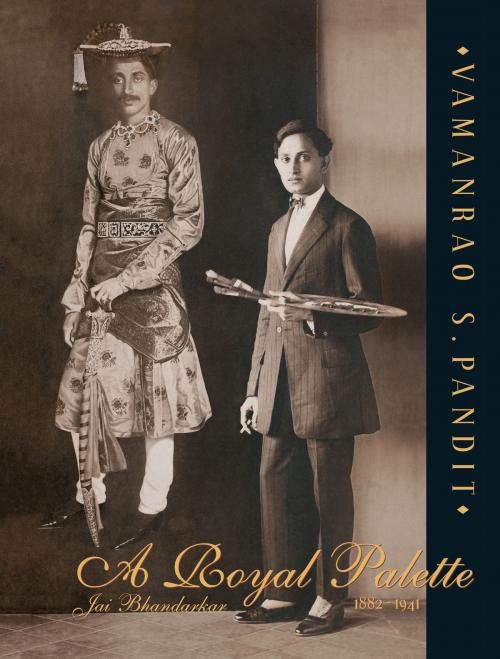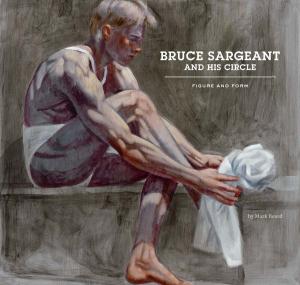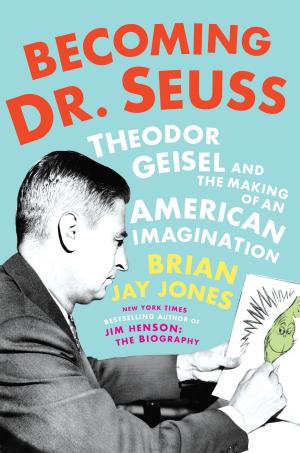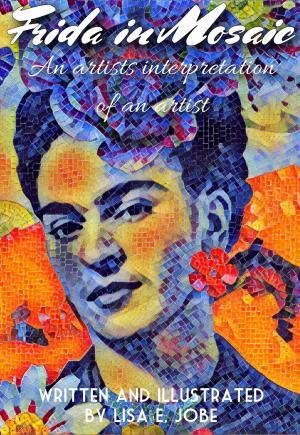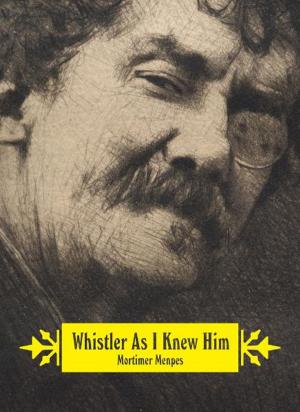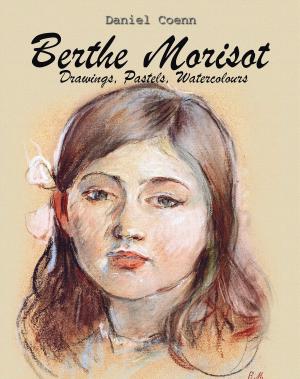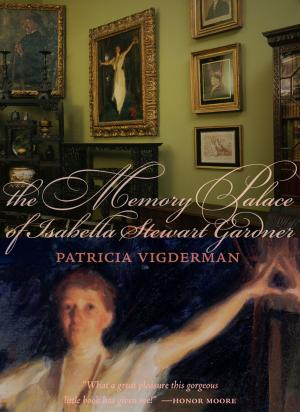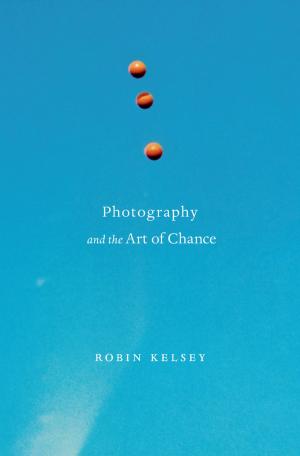A Royal Palette: Vamanrao Pandit
Nonfiction, Art & Architecture, General Art, Individual Artist, Artists, Architects & Photographers| Author: | Jai Bhandarkar | ISBN: | 9789384363567 |
| Publisher: | Jai Bhandarkar | Publication: | February 2, 2015 |
| Imprint: | Smashwords Edition | Language: | English |
| Author: | Jai Bhandarkar |
| ISBN: | 9789384363567 |
| Publisher: | Jai Bhandarkar |
| Publication: | February 2, 2015 |
| Imprint: | Smashwords Edition |
| Language: | English |
Son of renowned Sanskrit scholar and Diwan or Prime Minister of Porbandar state, Rao Bahadur Dr. Shankarrao P. Pandit, Vamanrao (1882-1941) was born with a marked talent for portraiture, later honed by no less than two of the most celebrated artists of Europe, Philip de Laszlo and John Singer Sargent.
Vamanrao has painted the well-known and well-heeled: Sir Dorab Tata, Sudhira Devi (Gayatri Devi’s paternal aunt), Sir Cowasji Jehangir, Sir Ibrahim Rahimtoolah, Maharaja Sayajirao Geakwar, Maharaja Tukojirao Holkar and 40 other odd Maharajas, Ranas, Raos, Maharanas and Rajas from several princely states across India.
After his law education in London, Vamanrao moved to Vienna where Philip de Laszlo was already a recognised portrait artist in Europe. He spent four years with de Laszlo, travelling extensively throughout Europe, visiting crowned heads of Europe and the aristocracy. During this time, a friendship evolved between the two. De Laszlo made a suave portrait of the very handsome Vamanrao dressed as an Indian prince which was exhibited in 1907. In 1907 Vamanrao moved back to London and joined the Royal Academy under Sargent. In his time in Europe, Vamanrao painted portraits of Lady Nina Corbet, Baron Arild Rosencrantz, the celebrated artist Otto Friedrich and the Countess of Bective among other aristocrats and nobility.
Vamanrao’s style of portraiture has the European academic approach and yet sports a distinct style – he used a muted colour palette and presented the jewels and pearls of his Indian sitters without overstating them. Says historian Sharada Dwivedi, who places Vamanrao’s paintings at an “extremely high level” in the context of Indian art. “There are many unsung artists. Vamanrao Pandit has been rediscovered now. His portraiture is as sensitive as, say, Raja Ravi Varma’s or Dhurandhar's, although very different in style. He beautifully managed to get into the soul of the person.”
Son of renowned Sanskrit scholar and Diwan or Prime Minister of Porbandar state, Rao Bahadur Dr. Shankarrao P. Pandit, Vamanrao (1882-1941) was born with a marked talent for portraiture, later honed by no less than two of the most celebrated artists of Europe, Philip de Laszlo and John Singer Sargent.
Vamanrao has painted the well-known and well-heeled: Sir Dorab Tata, Sudhira Devi (Gayatri Devi’s paternal aunt), Sir Cowasji Jehangir, Sir Ibrahim Rahimtoolah, Maharaja Sayajirao Geakwar, Maharaja Tukojirao Holkar and 40 other odd Maharajas, Ranas, Raos, Maharanas and Rajas from several princely states across India.
After his law education in London, Vamanrao moved to Vienna where Philip de Laszlo was already a recognised portrait artist in Europe. He spent four years with de Laszlo, travelling extensively throughout Europe, visiting crowned heads of Europe and the aristocracy. During this time, a friendship evolved between the two. De Laszlo made a suave portrait of the very handsome Vamanrao dressed as an Indian prince which was exhibited in 1907. In 1907 Vamanrao moved back to London and joined the Royal Academy under Sargent. In his time in Europe, Vamanrao painted portraits of Lady Nina Corbet, Baron Arild Rosencrantz, the celebrated artist Otto Friedrich and the Countess of Bective among other aristocrats and nobility.
Vamanrao’s style of portraiture has the European academic approach and yet sports a distinct style – he used a muted colour palette and presented the jewels and pearls of his Indian sitters without overstating them. Says historian Sharada Dwivedi, who places Vamanrao’s paintings at an “extremely high level” in the context of Indian art. “There are many unsung artists. Vamanrao Pandit has been rediscovered now. His portraiture is as sensitive as, say, Raja Ravi Varma’s or Dhurandhar's, although very different in style. He beautifully managed to get into the soul of the person.”
